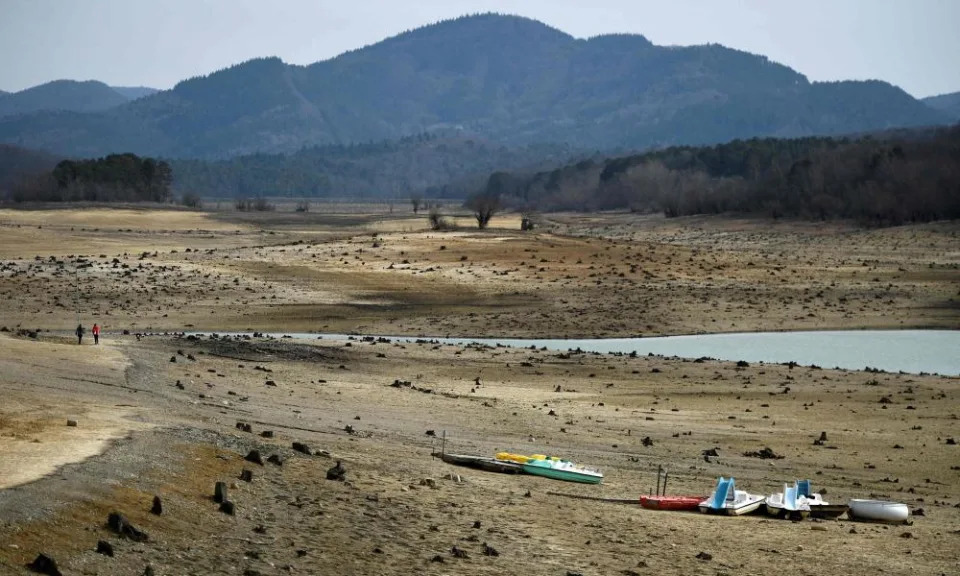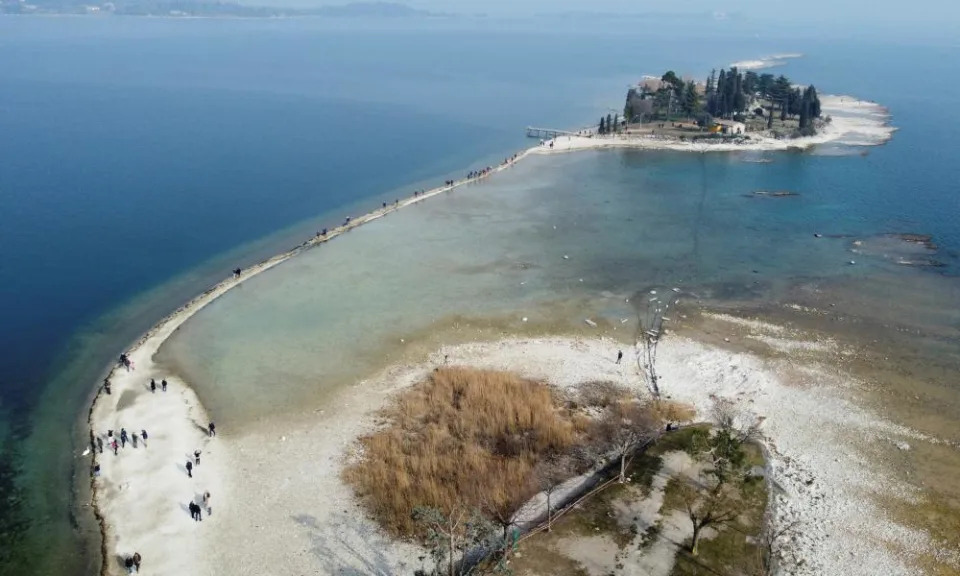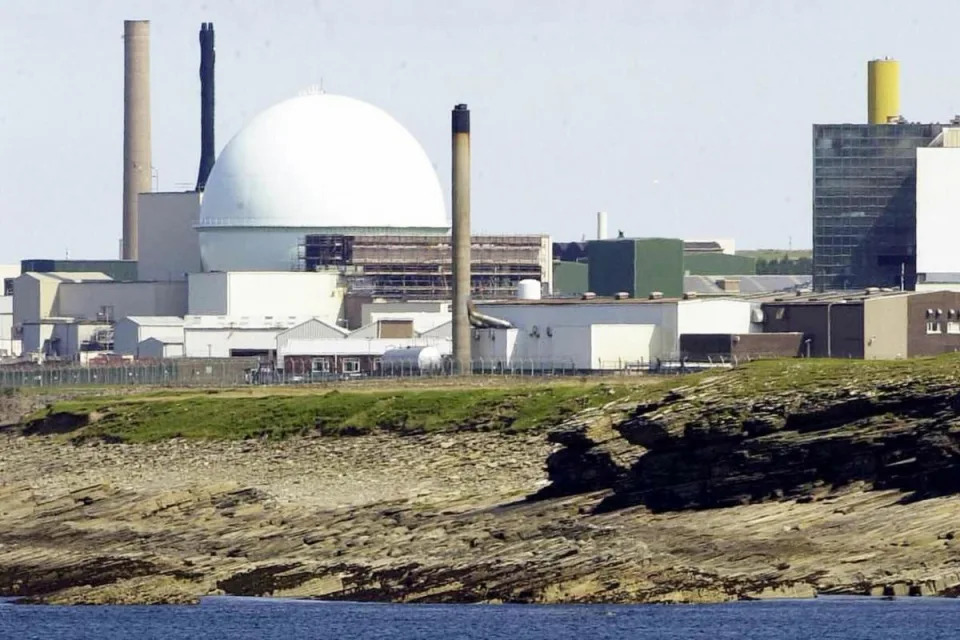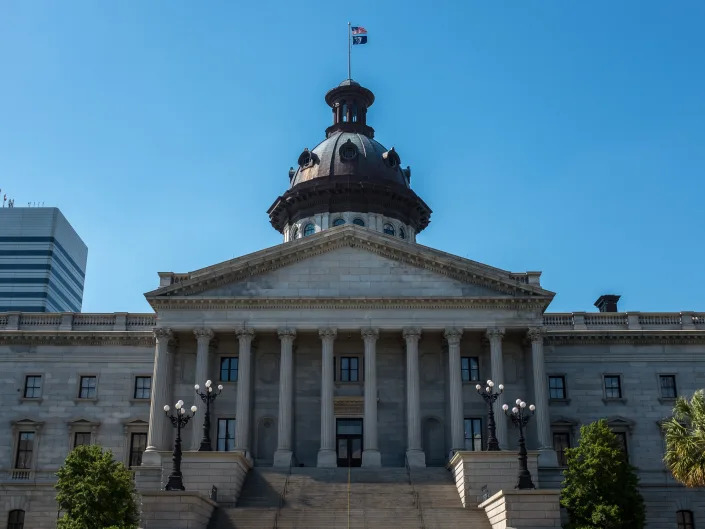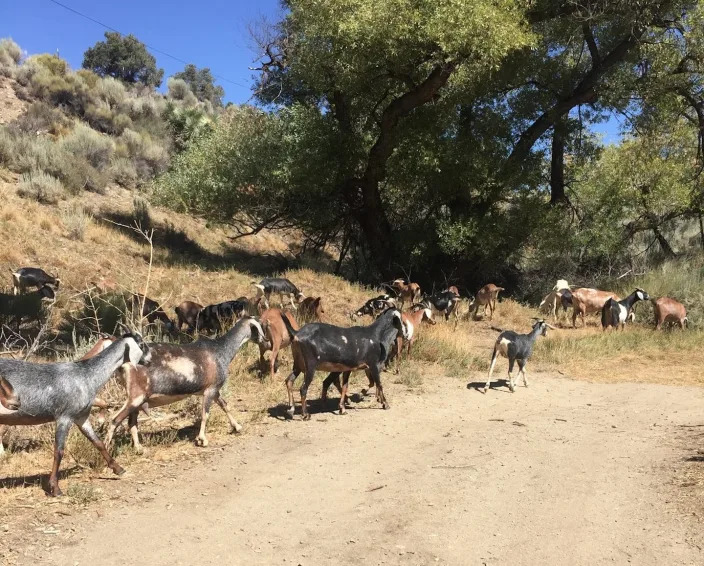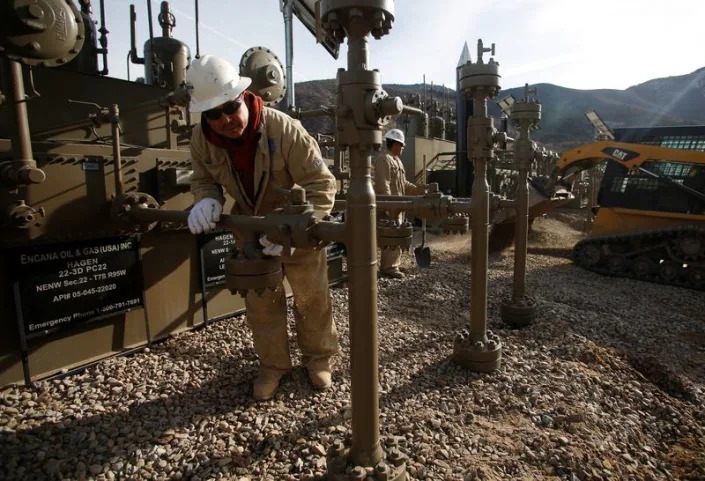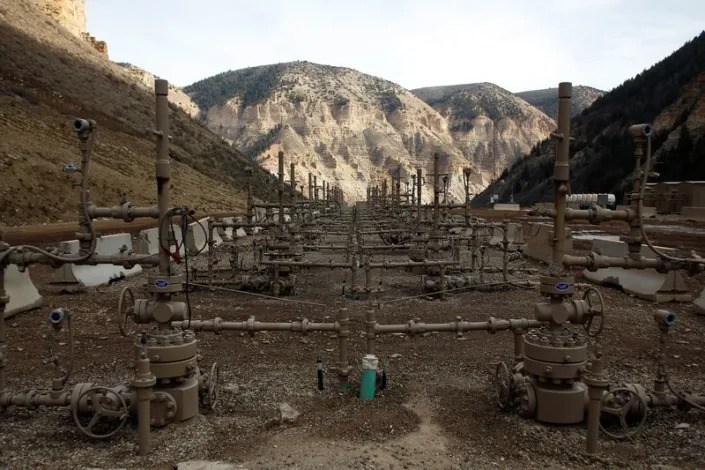Labor accused of ‘fiddling at the margins’ on super as Greens urge greater crackdown on tax concessions
Amy Remeikis
Fri, 3 March 2023

Photograph: Bloomberg/Getty Images
The Greens are urging the Australian government to go further on superannuation tax concessions in order to boost jobseeker payments and double commonwealth rent assistance.
But the party has stopped short of threatening to block government legislation if Labor doesn’t agree, with negotiations on the housing fund and climate safeguards bill continuing while the super debate rages.
Labor needs the Greens and at least two crossbench senators to agree to its legislative change to reduce the tax concession on earnings above $3m in super accounts, after the Coalition declared it a no-go area.
With the Aston byelection looming, the opposition leader, Peter Dutton, has seized on the government’s modest announcement to try to claim broader changes are in the works.
“It has a broader impact than the government’s claiming and I really worry about them unsettling people about their decision to put money into superannuation, which should be a stable asset class,” he said on Thursday.
But the Greens’ treasury spokesperson, Nick McKim, argues Labor’s changes don’t go far enough and, by ending all tax concessions above the indexed $1.9m balance transfer rate, rent assistance could be immediately doubled.
Related: 80,000 people will be hit by Labor’s super changes. How much will it hurt?
Asked by reporters on Saturday whether Labor would consider lowering the threshold of proposed superannuation changes to $1.9m, prime minister Anthony Albanese said he believed Labor had “got the balance right”.
“The Greens will always find a reason to try to say that what Labour’s proposing is something that they have a different position from,” Albanese said. “It will come in after the next election in 2025.”
The Parliamentary Budget Office modelled the Greens’ request to cap superannuation concessions above $1.9m, and instead apply tax according to income. Under the current settings, that could add $54.6bn over the next 10 years to the budget, which the Greens say could be used to alleviate poverty.
Labor’s policy to raise the concessional tax rate on super earnings above $3m from 15% to 30% from 1 July 2025 would impact 0.5% of the population. The Greens policy, according to the PBO analysis, would impact 1.2% of super holders, but would be less likely to grow as the $1.9m threshold increases with inflation.
McKim said it would be a small change that could have a big impact on the most financially vulnerable.
“Fiddling at the margins on superannuation tax concessions while proceeding with stage-three tax cuts is just a money-go-round scheme for the rich,” McKim said.
“Labor is basically proposing to rob Peter to pay Peter. If Labor gets real about tackling inequality, we can raise serious money to help address the cost of living crisis, like ending handouts to the top 1% to fund an increase in income support or doubling rent assistance.”
The maximum rent assistance an eligible single person can receive is $151.60 a fortnight if living alone, or $135.40 if sharing. For someone with children, the assistance is $178.36 for one or two children and $201.32 for three or above.
Anti-poverty advocates such as the Antipoverty Centre have argued against raising rent assistance and instead focus on raising the rate of welfare, to ensure the money goes to where it is most needed, and not landlords.
The Greens have said they will continue to advocate for raising welfare above $44 a day, but are focusing on immediate assistance, arguing this plan could be enacted on 1 July.
“There are more people sleeping rough every night in this country than there are people impacted by Labor’s super plan,” the Greens senator Janet Rice said.
“This money could be a downpayment on increasing social security payments above the poverty line.”
The Greens have not drawn a line in the sand over the proposal when it comes to the government’s negotiations on its super changes, and other areas where the party holds the balance of power, but are demanding more action for renters and those with housing instability as part of its negotiations.
The party is pushing the government to implement a rental freeze, working with the states through national cabinet, in an attempt to address the cost of living rental crisis, while also withholding support for Labor’s housing fund plan, arguing it does not go far enough.
The government needs the Greens’s support for not just its housing future fund, but also the national reconstruction fund, its safeguards mechanism and now the super changes.
But with a start date of 1 July 2025 for the super changes, after the next election, the government has some more wriggle room on the timing, as it seeks to get its other hallmark legislation through the parliament ahead of the May budget.
